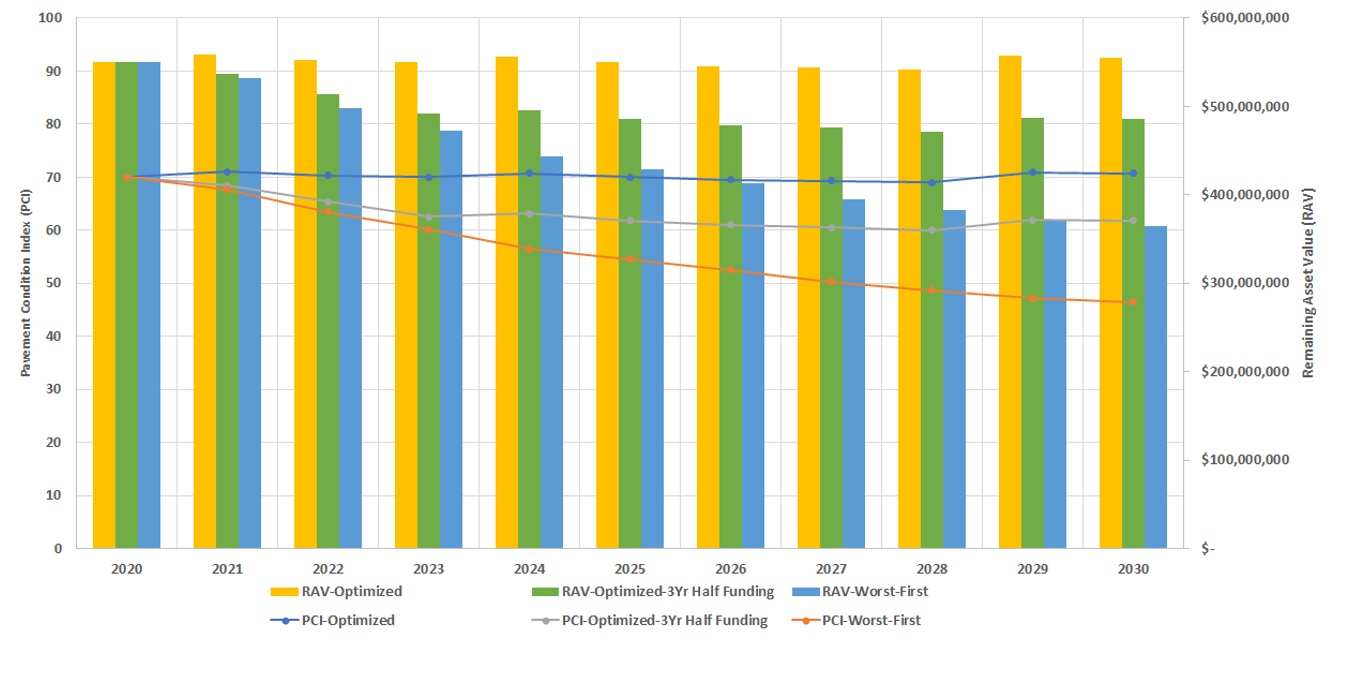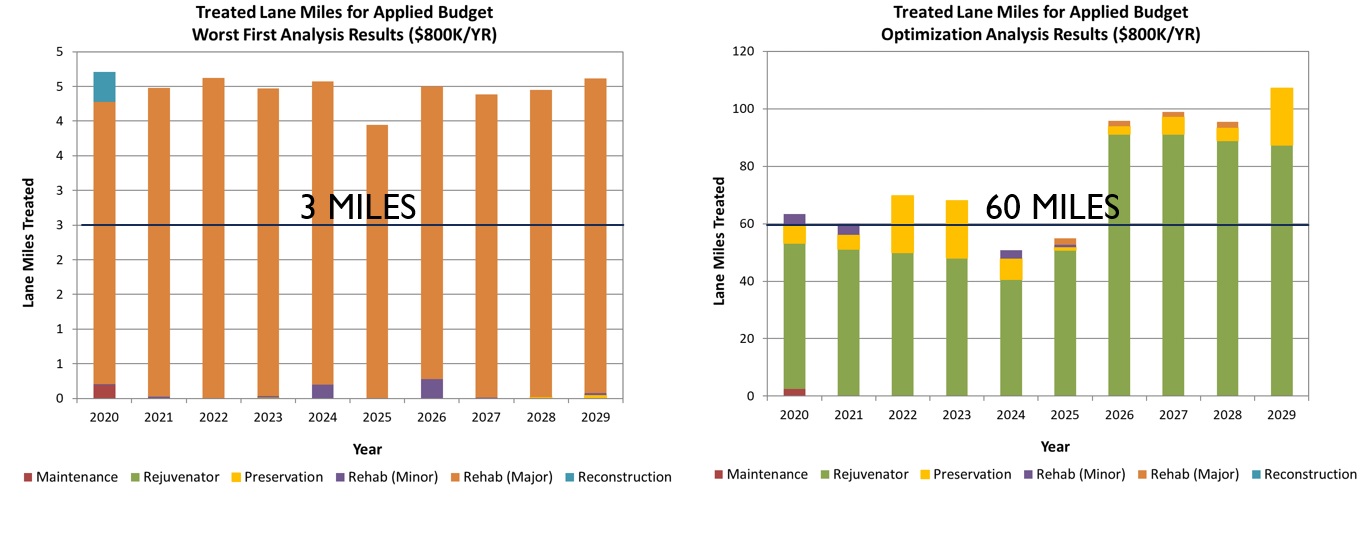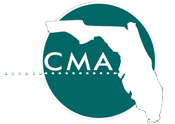by Addie Javed, PE, Managing Director, Kercher Group; Katia Delgado, PE, Asset Management Manager, Polk County; and Jason McHugh, CPM, AICP, City Manager, City of Wildwood



Investment in infrastructure and public assets is critical as part of the systematic recovery of our great country from the COVID-19 pandemic. According to the Economic Policy Institute (EPI), each $1 invested in infrastructure boosts the GDP (gross domestic product) by 150%, which in turn results in employment boost. Both short-term and long-term forward-looking plans need to encompass smart thinking based on data-driven and network-centric approach.
Consider the importance of public infrastructure in our daily lives, and what it would be like without any of these essential amenities that enables modern living. Infrastructure provides the basis for personal security, public health and impacts the economic viability and sustainability of our communities. It underpins all the technologies and assets that move people and goods; it preserves natural resources, provides us with drinking water, handles our waste, and creates spaces for us to enjoy, allowing us to effectively interact with each other. These are necessities, not luxuries, in a modern economy.
Every public agency is somewhere on the continuum of an asset management journey. However, agencies vary in terms of their progress, as processes have evolved from relying heavily on experience and judgement to making more analytical-based funding and project selection decisions.
Asset management is a systematic process of maintaining, upgrading, and operating physical assets cost-effectively. It combines engineering principles with sound business practices and economic theory. It provides organizations tools to facilitate a more organized, logical approach to decision making.
There is a universal need and necessity to adequately plan for the maintenance and ongoing operating costs of infrastructure. To ensure your agency has a plan to sustainably manage its infrastructure network, start with a logical business process.
Good governance of any asset classification and infrastructure network begins with developing a program around the core principles of intelligent and SMART (S-sustainable, M-measurable, A-accountable, R-return on investment, T-technology) Asset Management:
- Recognizing the economic value of assets;
- Achieving economic efficiency and the optimization of expenditure over the asset’s life cycle;
- Understanding the role of the agency as “steward” of the assets; and
- Determining risk and financial projections based on identifying assets which are most important to your network, its needs, and safety.
By developing a roadmap through implementation of the above referenced business process, the agency can start to understand what the actual life cycle costs are to build, maintain, and operate assets owned by the jurisdiction.
Best practices suggest that the investment should focus on strategies to increase engagement with the stakeholders who build and use the infrastructure, products to save money on preserving and repairing assets, and processes to save time on project delivery and incident management.
Much like the concept of investment portfolio, the use of ‘what if’ budgeting scenarios coupled with the optimization approach can help the policy makers invest wisely by understanding the long-term consequences of today’s funding decisions. In turn, this information can be used so agencies can strategically budget for ‘rainy days’, using a better understanding of sustainable asset management initiatives that provide significant return on public investment.
Optimization to select the right strategy for the right location at the right time is achieved through smart analytics. According to a recent article in American Public Works Association (APWA) Magazine on Infrastructure Investment, decisions have consequences. An agency that fails to commit itself to providing adequate preventive maintenance and repairs for its aging infrastructure (e.g. streets, pipes, structures, etc.) network jeopardizes the expected longevity of the system and risks wasting scarce resources.
Existing practices vary from agency to agency. Typically, asset management survey and data collection range from manual data collection processes to that of automated practices. This includes the calculation of an asset health score, called condition rating, specific to each infrastructure asset class such as pavement, bridges, facilities, stormwater, utilities, etc. This cumulative score is comprised of the collection of various distresses, the determination of dominant severity, and the measurement of extent of each distress. The change to a data driven approach for optimizing project selection is a significant improvement in asset management practices that provides more transparency and objectivity in funding decisions made by the agencies.
Performing a strategy optimization analysis is considered best practice. This approach allows any agency to determine the use of funds that maximizes network condition (benefit), subject to various budget constraints (costs). These benefits and costs can then be used to make project work plans with optimized treatment strategies for the infrastructure network, suitable for modeling and forecasting asset performance. Performance trends can be identified by using historical data (if available), or through field inspections coupled with experience for each severity and extent combination.
Local agencies like Polk County and the City of Wildwood understand the benefits of diversifying investment portfolio by incorporating a blending mix of fixes to address their infrastructure networks, such as roadways. More can be accomplished through strategic application of state-of-the-art tools available with more emphasis on asset preservation to extend infrastructure life and stretch budgets in lean times.

Industry experts, based on applying strategic decision-making, agree that by performing optimization analysis and staying the course in your asset management program during difficult financial times, with sustained funding, yields the best network level performance outcomes. This position is supported by optimization analysis that uses various ‘what if’ funding scenarios to model predicted outcomes to show the impacts of funding cuts to the network condition. Additionally, this analysis can demonstrate the future funding impacts that can occur by missing the opportunities earlier in the asset life cycle to preserve rather than defer to more expensive treatments in the future. It is important to carefully address public and political calls to change the business model through use of data-driven and scientific approaches to make funding decisions whenever possible.
It also is important to have real world life cycle and project costs in the optimization analysis to perform a meaningful benefit to cost analysis. Any variation in cost can have significant impact on performance metrics and funding needs in the future. Policy makers need this kind of granular data to guide their response to economic impacts by a pandemic like COVID-19 through identifying patterns in their respective networks.
SMART asset management framework helps target resources where they are most needed. It helps advocate for proactive funding strategy to manage infrastructure investment, lower cost of ownership, and maintain good state of repair. In practice, through strategic application of state-of-the-art tools available with more emphasis on preservation to extend asset life, stretching budgets in lean times can be accomplished.






